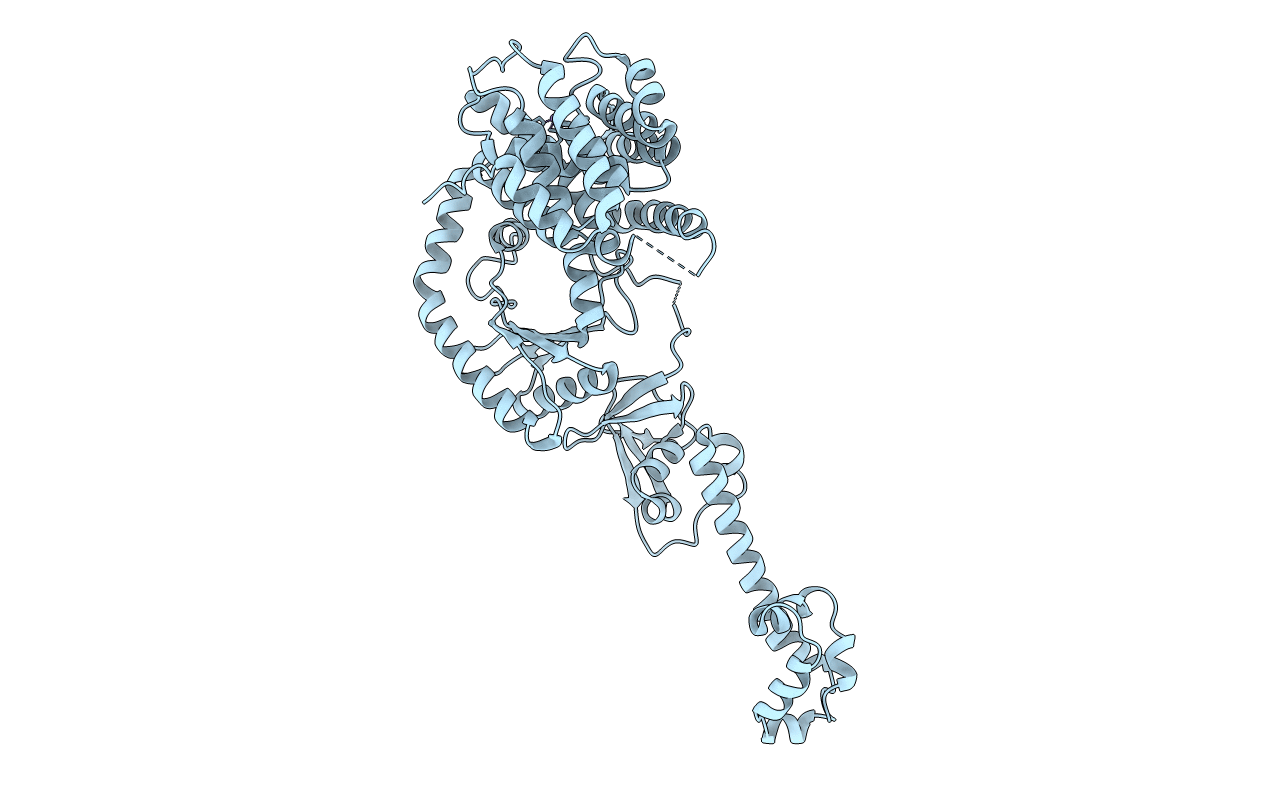
Deposition Date
2020-04-30
Release Date
2020-09-23
Last Version Date
2024-01-24
Entry Detail
PDB ID:
6YXA
Keywords:
Title:
Structure of the bifunctional Rel enzyme from B. subtilis
Biological Source:
Source Organism:
Bacillus subtilis subsp. subtilis str. 168 (Taxon ID: 224308)
Host Organism:
Method Details:
Experimental Method:
Resolution:
3.95 Å
R-Value Free:
0.28
R-Value Work:
0.26
R-Value Observed:
0.26
Space Group:
P 43 21 2


